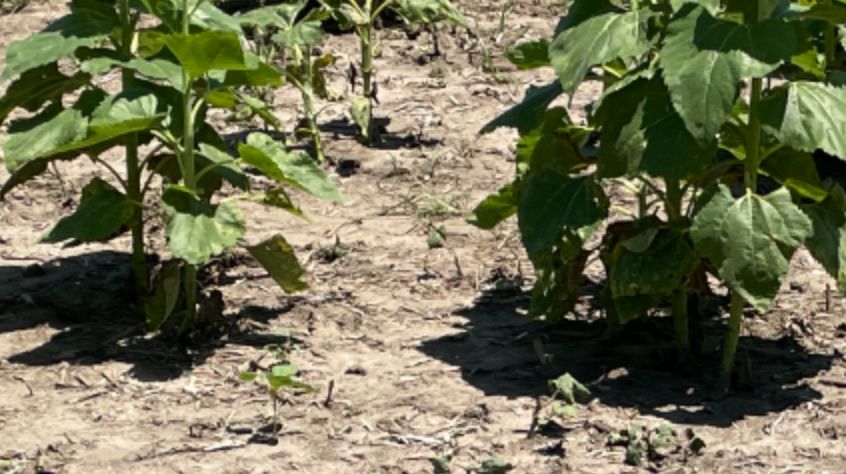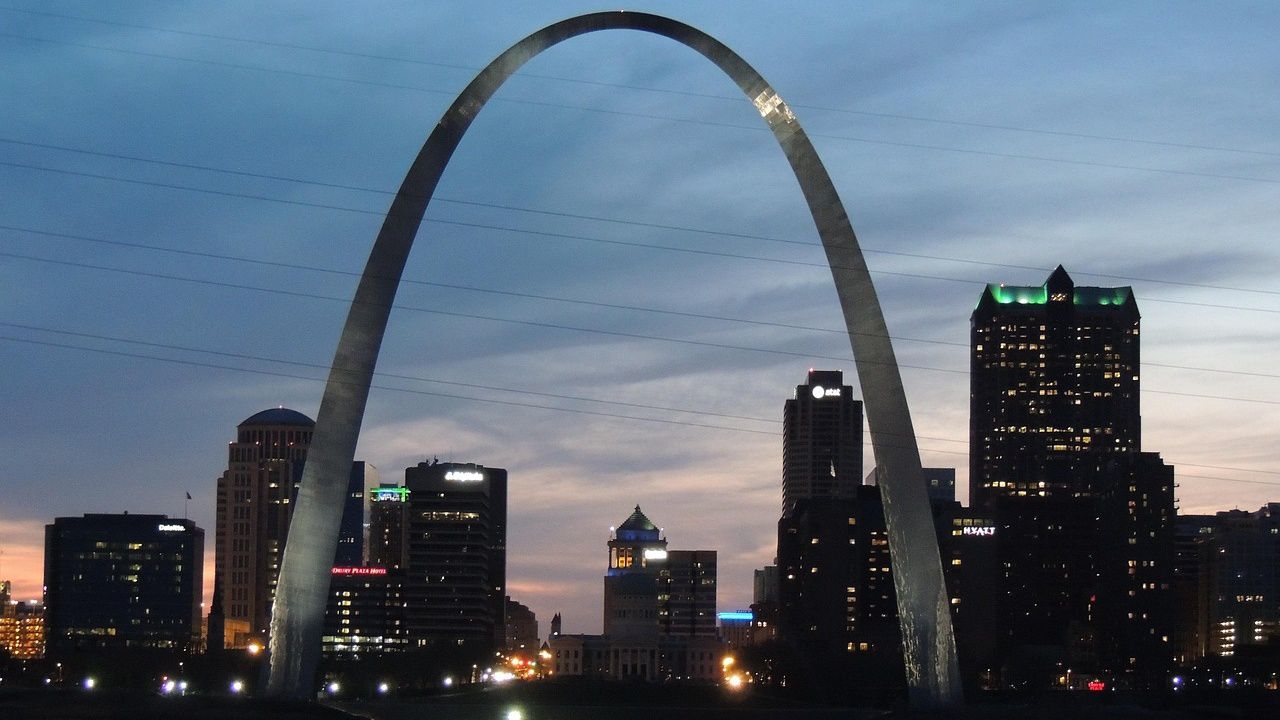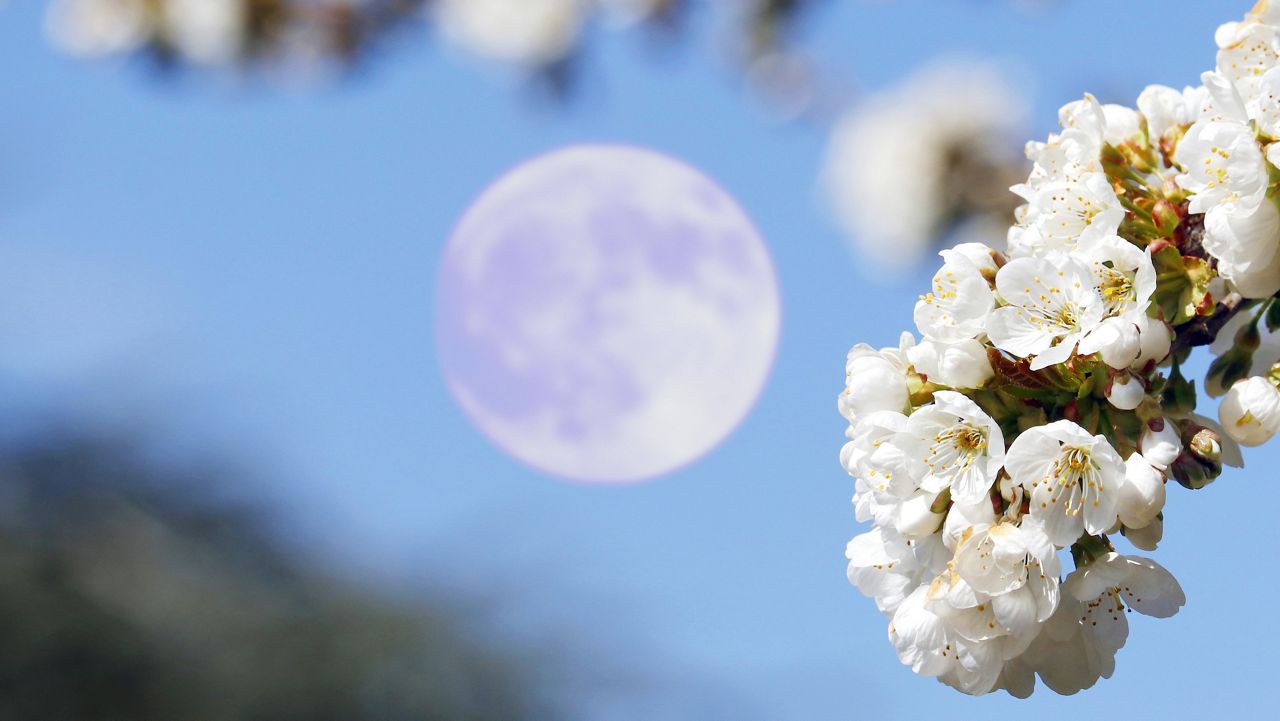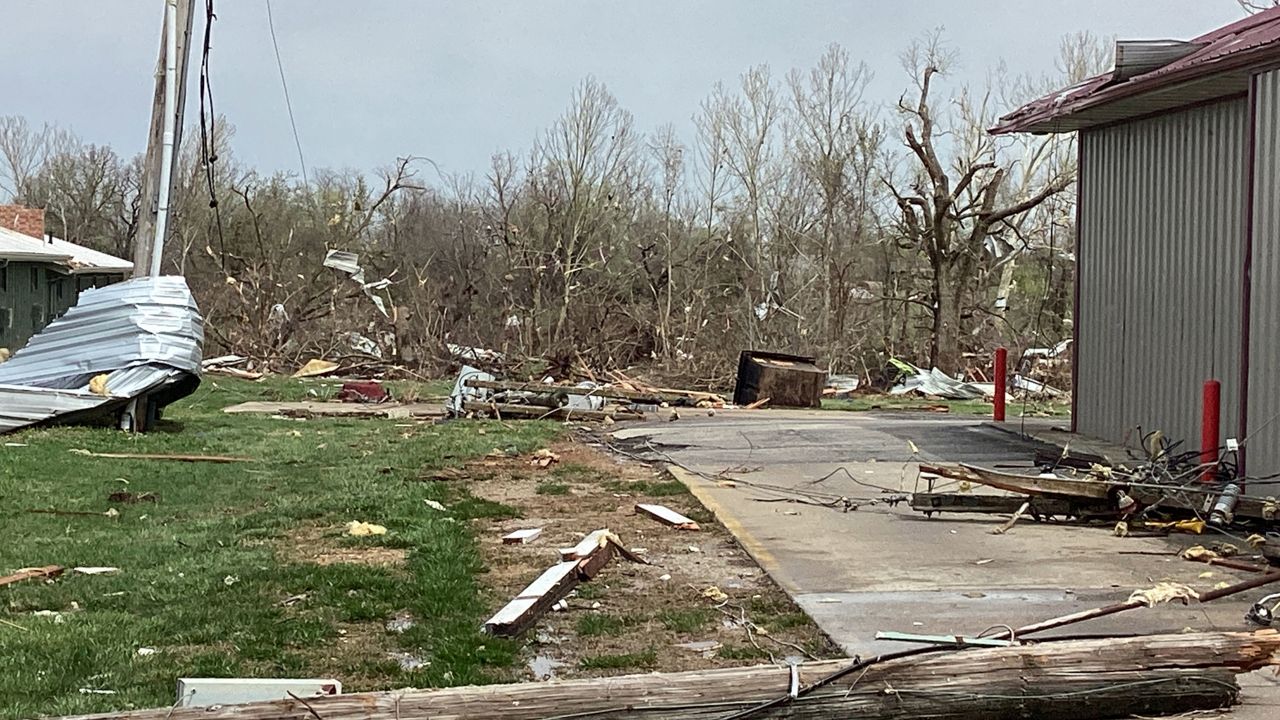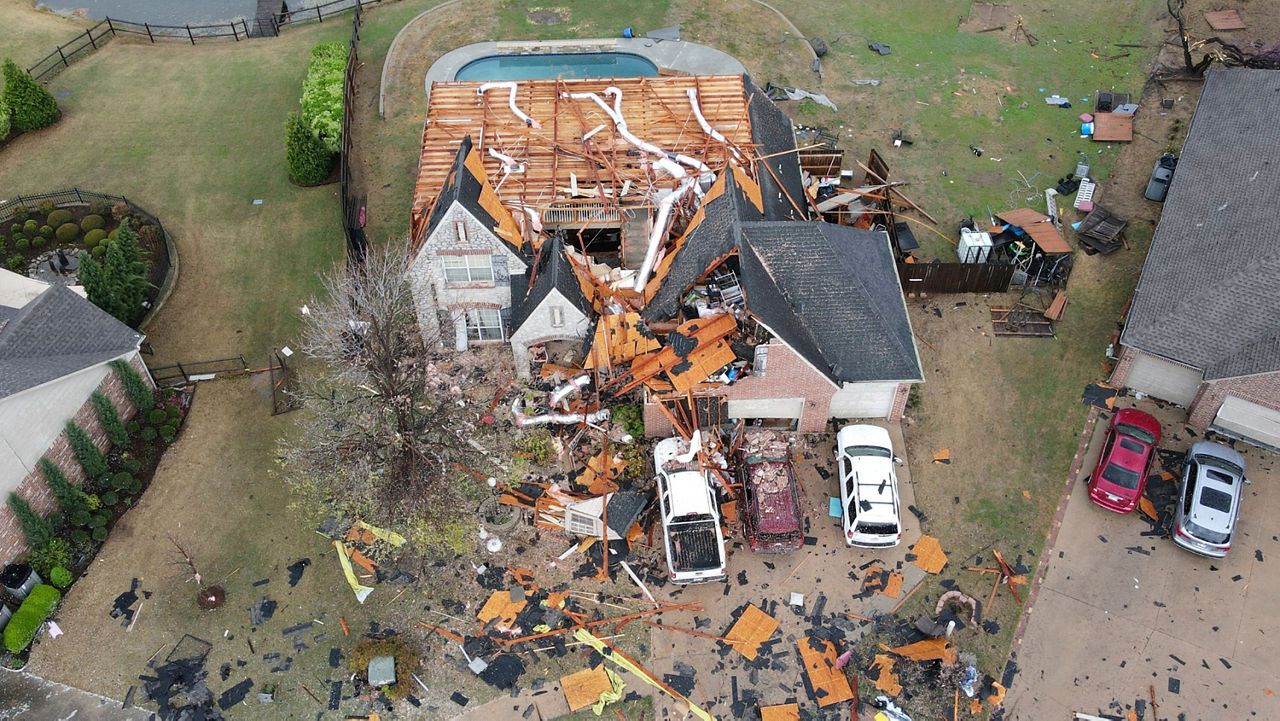JEFFERSON CITY, Mo.—The latest drought information released today puts 75% of the state in drought conditions, with at least 35% of that area in extreme drought, most noticeably in the southern part of the state. Governor Mike Parson today issued an Executive Order calling upon the Missouri Department of Natural Resources to activate the Drought Assessment Committee and the associated drought impact teams.
As a farmer himself, Gov. Parson said, “I know on my farm that conditions have deteriorated quickly, and we are hearing the same reports from countless other farm and ranch families across the state.” Adding, “By responding now, early in this drought, we can greatly reduce the impact on our agricultural community and Missouri citizens. Our farmers are a critical resource for our state, and it is important that we assist them as much as possible through this difficult time.”
The Executive Order declares a drought alert for 53 counties in southern and central Missouri, primarily counties south of the Missouri River. A drought alert, part of Missouri’s Drought Plan, is the initial catalyst that allows the Governor to direct state agencies to work together and provide as many resources and as much help as possible.
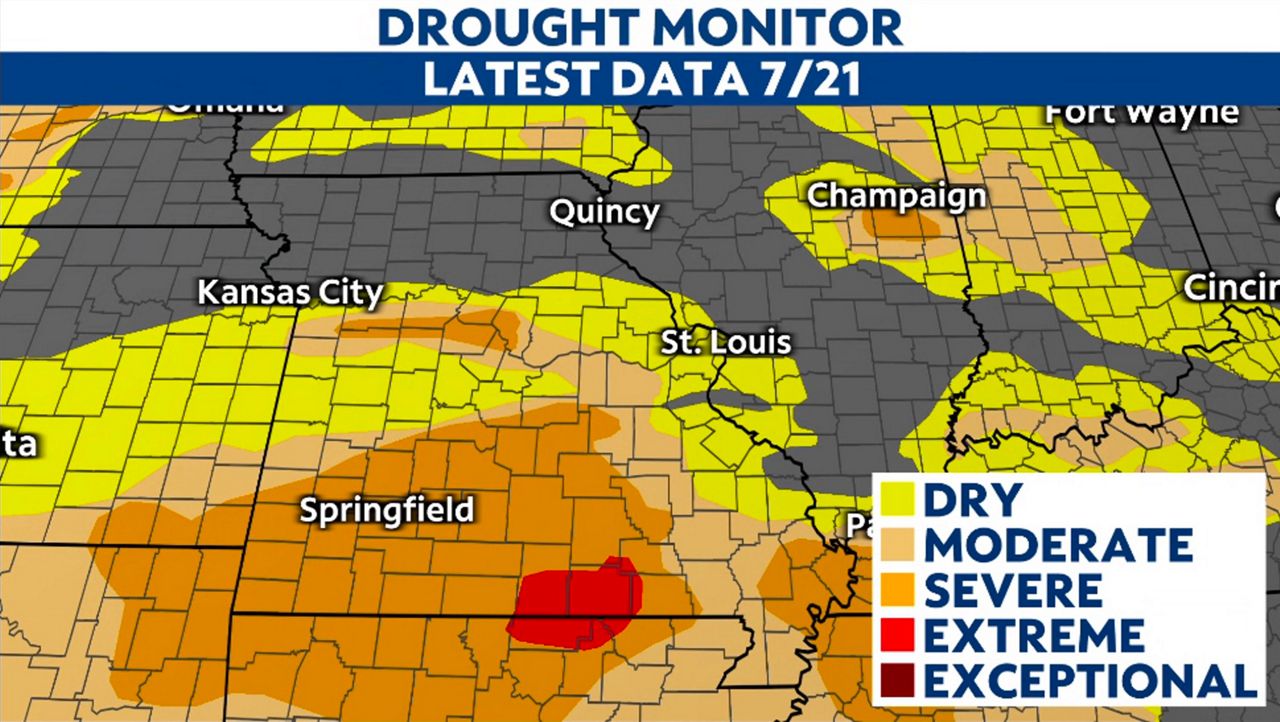
The conditions are not expected to improve anytime soon, he said, making it necessary to begin providing resources now.
Gov. Parson has directed all state agencies to examine how they may assist affected communities now and in the future through temporary suspension of administrative rules, appropriation, or other means of support to mitigate the effects of drought conditions.
The governor has taken proactive steps, directing the Departments of Natural Resources (DNR) and Conservation to create a plan to allow farmers fresh water access to state parks and conservation areas. DNR will also assess state park areas can be used for haying.
When asked how this drought compares to the 2018 drought, Gov. Parson explained that in 2018 the drought was mainly in northern Missouri, locations of reservoirs for drinking water. This drought is in the southern part of the state. This is no concern for drinking water. The primary concern is providing enough water for livestock and agriculture.
Members of his cabinet spoke about $93 billion Agriculture industry in Missouri, “Drought conditions in many parts of Missouri compound the challenges producers are already facing with high fuel prices and input costs,” Missouri Department of Agriculture Director Chris Chinn said.
“Livestock producers are having to make difficult decisions about selling livestock because there is no pasture in many areas. Grain farmers are watching their crops wither before pollination. Conditions are difficult for many Missouri farmers and ranchers.” Noting that Missouri remains 3rd in the country for beef cattle.
The drought conditions are also causing an increase in wildfires and wildfire risk, particularly across southern Missouri the last few weeks, according to the Department of Conservation.
Missouri has asked U.S. Sen. Roy Blunt of Missouri and federal officials for national resources to help with drought response, Parson said.
Assessing drought conditions
Under Missouri’s Drought Plan, the Department of Natural Resources has been engaging state partners to assess emerging drought conditions for several weeks. In a fast-moving drought, local condition reports, including groundwater and moisture level monitoring, are crucial to understanding the affects in order to provide timely and appropriate assistance.
The St. Louis Metro area falls in the Abnormally Dry category. The U.S. Drought Monitor says impacts can include stunted crop growth, canoe business decline, and stressed landscaping.
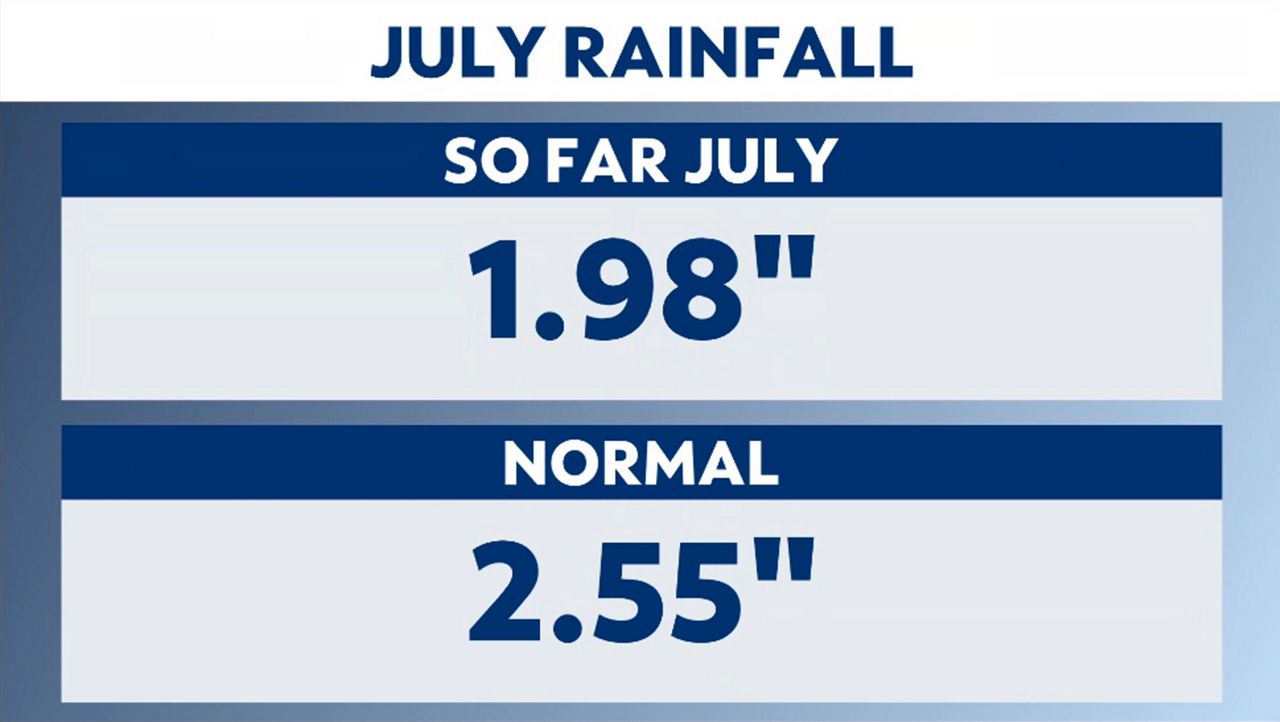
For the month of July, St. Louis normally receives 2.55” of rain, so far, we’ve only seen 1.98”. As For the entire year, the metro area has seen 23.10”, normally, St. Louis would have received 24.91” by this point in the year.
“Our partners are doing a great job helping us assess drought conditions across Missouri,” said Missouri Department of Natural Resources Director Dru Buntin. “We’re also relying on help from our citizens in reporting and submitting photographs of the conditions they’re seeing locally.”
Citizens can submit information about local drought conditions at Condition Monitoring Observer Reports (CMOR).
A variety of helpful resources are online at www.dnr.mo.gov/drought. The Department of Natural Resources is adding information on drought mitigation and assistance opportunities daily as it becomes available. The one-stop drought website features a link to CMOR, current drought-related news, the current United States and Missouri drought maps, the Missouri Drought Plan, and other resources, including information on previous droughts.





